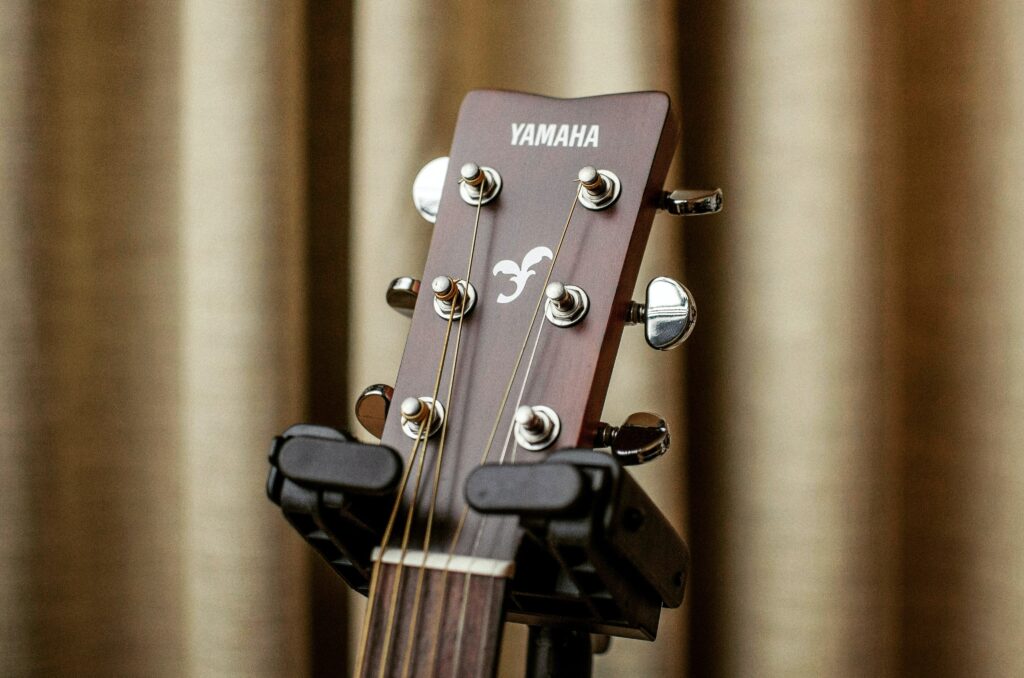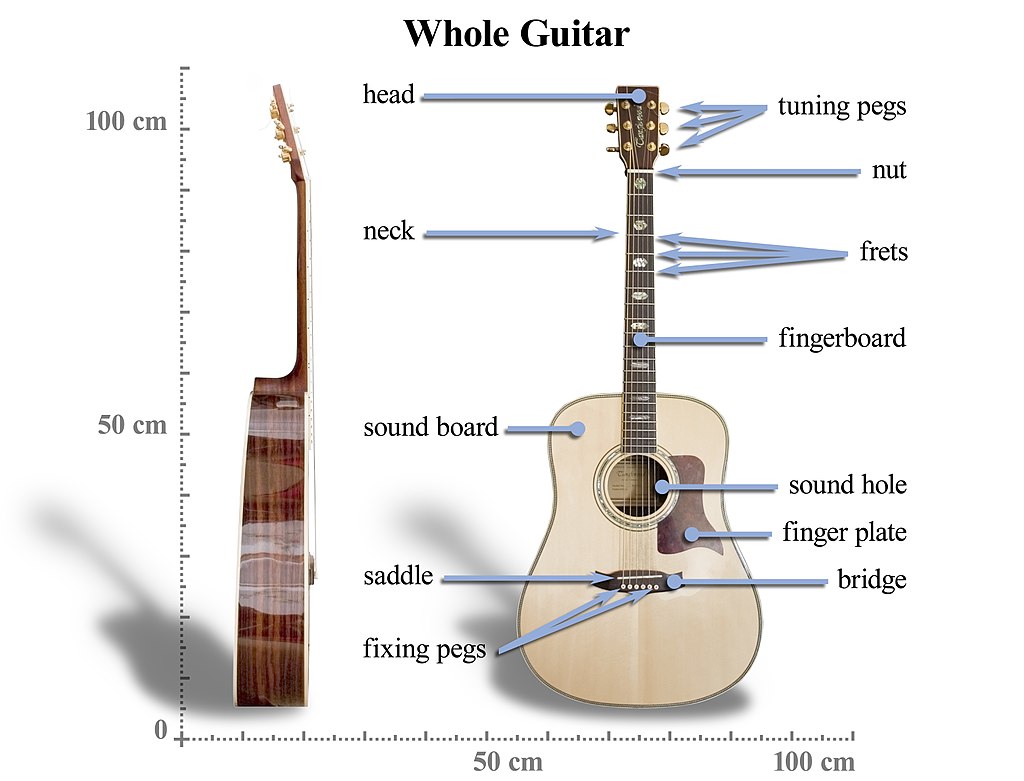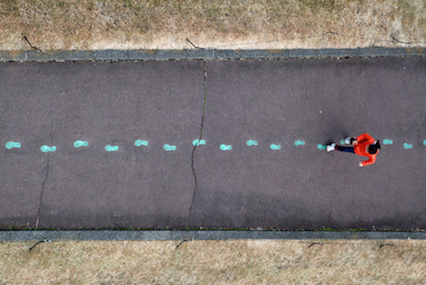Now that we know about Figgy, my acoustic guitar, let’s get right into some of the things I have learned. My lessons have been great. Richard (my guitar teacher namesake) has given me some places to start to hone my fingering, picking, and strumming. To get started, let me pass on some specifics about holding your pick and how to hold your guitar neck. Firstly, I hold my guitar neck with my non-dominant hand while using my dominant hand for strumming and picking. If you’ve ever seen someone hold a guitar, you’ll know what I am talking about. What you may not know is the details; I certainly didn’t. To hold the guitar neck properly, you want to make a “C” shape around it with your hand. There needs to be a space between your palm and the neck of the guitar. This grip allows greater maneuverability with the hand as you slide it up and down the neck. Note the first picture below. My thumb is pointing vertically; however, a slightly more horizontal thumb position is also acceptable. Your thumb needs to act as counter pressure to your fingers so you can fully compress the stings.
Speaking of compressing the strings, when doing so, you’ll want your fingers as close to the wire ‘frets’ as possible. Further, you’ll want to push the string fully down tight against the board. This creates the tightest and truest sounding note for whatever note you happen to be playing. You’ll want to try and keep your other fingers out of the way to avoid making accidental sounds. I have included another picture below so you can see me doing it. Note: where we actually place our fingers is on the fretboard and not on the wire frets.
Now, Let’s get into how to hold the pick. Easy-peasy. Take a grip between the thumb and forefinger and get the rest of your fingers out of the way. It’s like making the ‘OK’ sign. See pic below.
Finally, it’s handy to know that how you do your fingering is often dictated by specific fingers landing on particular frets (Pun left purposefully after edit). So, in the world of guitar, your fingers are numbered as well as the fretboard. From index to pinky, they are 1 – 4. I have attached an image below just in case anyone can’t count to four, and so I can show off my fancy nails one more time.
Terms:
Fret: A series of raised metal wires along the fretboard. Each fret represents a new note. (https://www.fretjam.com/notes-on-a-guitar.html)
Fretboard: a fretted fingerboard on a guitar or other musical instrument. (Google/ Oxford Definitions)
Fingering: What fingers you use and where you put them on the fretboard
Picking: Playing individual notes on a guitar
Pick: Also known as a Plectrum (what a great word). A, usually, triangular piece of plastic used for strumming or picking strings on a guitar (or another stringed instrument) (https://en.wikipedia.org/wiki/Guitar_picking)
Strumming: The action of drawing a pick across the strings of your instrument
That’s all for now.
Cheers!
R.





